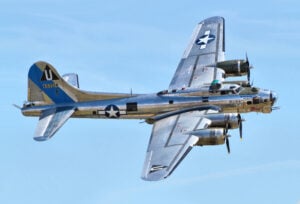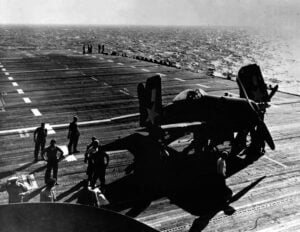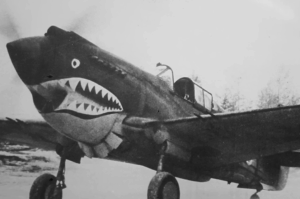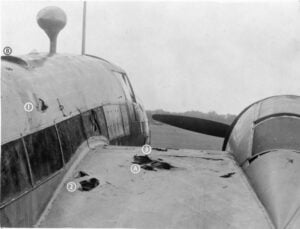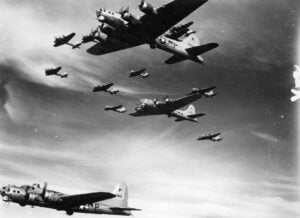When a German Fighter Ace Spared a Damaged B-17 At Christmas
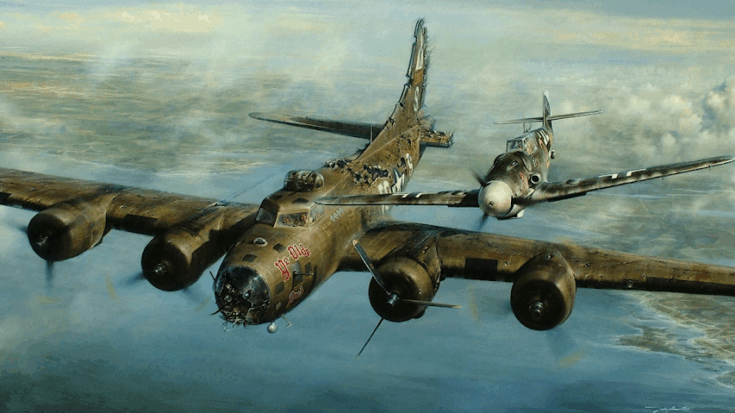
YouTube / Rex's Hangar
This is the remarkable true story of two pilots on opposite sides of World War II—Franz Stigler, a seasoned German ace flying a Messerschmitt Bf 109, and Charlie Brown, a 21-year-old American bomber pilot commanding a B-17 Flying Fortress called Ye Olde Pub.
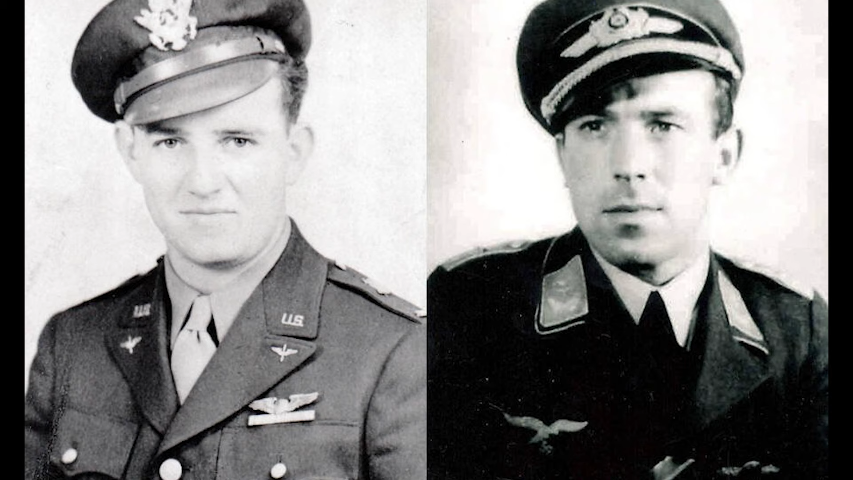
Their unlikely encounter high above war-torn Europe became one of the greatest acts of chivalry ever recorded in combat—a moment when one man’s humanity overcame the violence of war.
December 20, 1943
The day began like many others in wartime Europe. The 379th Bomb Group lined up for a mission deep into Germany, with Ye Olde Pub among them—this would be Charlie Brown’s first time flying lead in the cockpit. He was just 21 years old, leading a crew of nine.
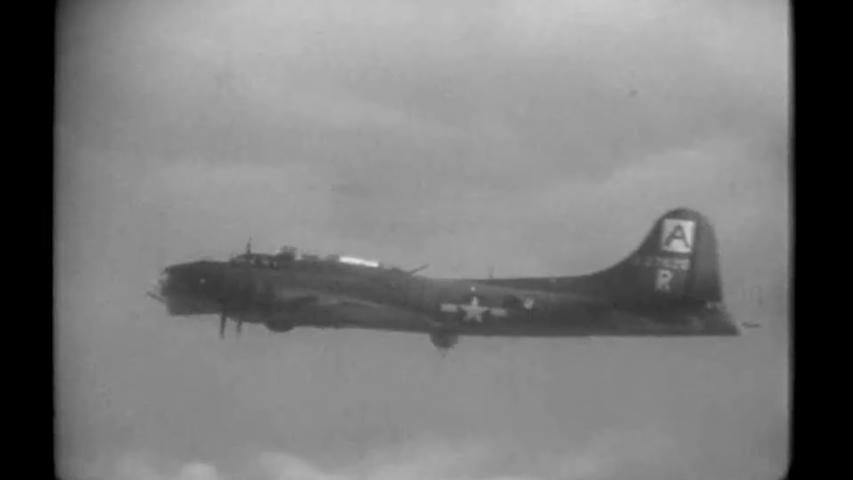
At the same time, Luftwaffe ace Franz Stigler—just three kills away from earning the prestigious Knight’s Cross—was prepping his Bf 109 for another day of defending the Reich. He had no idea his legacy would be written not in bullets, but in restraint.
Flak and Fighters
As Ye Olde Pub approached Bremen, German flak opened up with brutal accuracy. The bomber was hit hard—an engine was knocked out, the controls were damaged, the plexiglass nose was shattered, and several crew members were injured. Unable to stay in formation, Brown’s plane fell back and became an easy target.
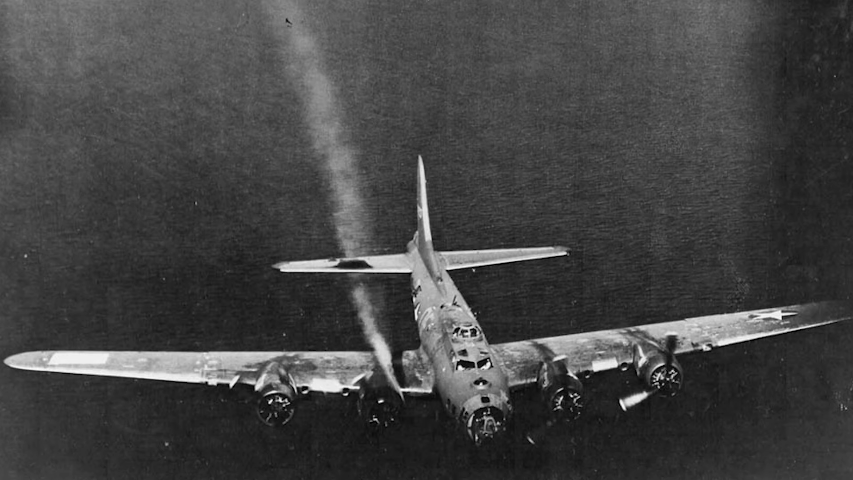
Then came the fighters—more than a dozen. Brown was wounded by shrapnel and briefly lost consciousness while trying to shake them off with evasive maneuvers. At one point, the B-17 dropped to just 1,000 feet. The German fighters, thinking the bomber was going down, broke off.
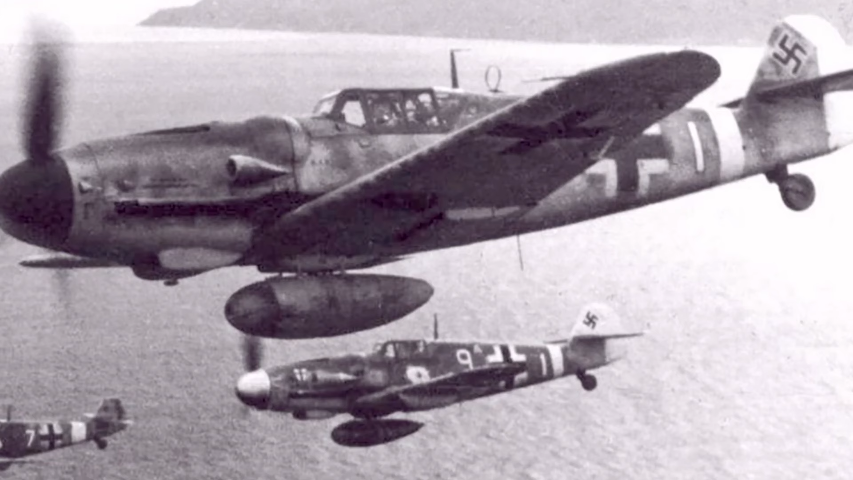
But Brown’s battered bird wasn’t done yet. Knowing that some of the crew were too wounded to bail out, he decided to attempt the near-impossible: fly the crippled bomber all the way back to England.
Enter Franz Stigler
That’s when Franz Stigler saw the limping B-17 flying overhead. With his aircraft just repaired and refueled, he took off in pursuit.
But as he approached the American plane, he noticed something strange—no defensive fire. The B-17 was riddled with holes, smoking, and barely staying airborne. Inside, he could see wounded crewmen trying to help one another.
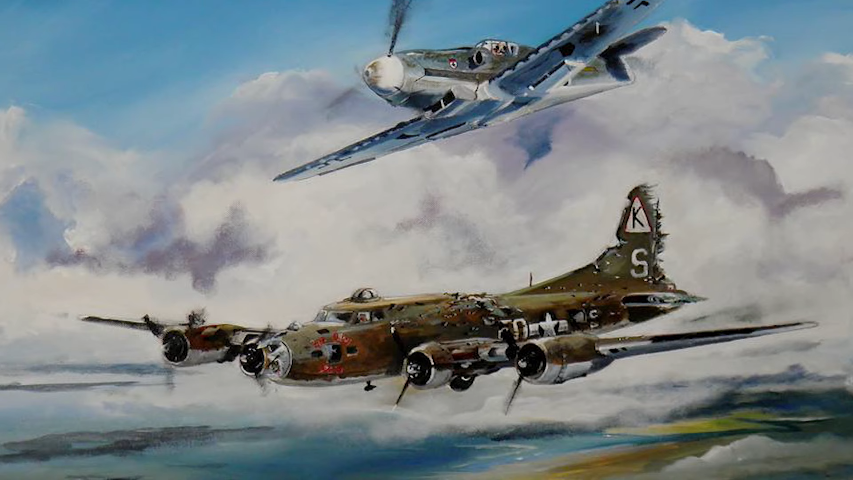
Stigler, an experienced combat pilot, knew he could easily shoot them down. But he didn’t.
Instead, he flew alongside the bomber, gesturing to Brown to land in Germany or divert to neutral Sweden. Brown and his crew, not understanding his signals, stayed the course. Realizing this, Stigler made a bold decision: he would escort the bomber out of German airspace, flying so close that German anti-aircraft gunners wouldn’t fire, fearing they might hit their own man.
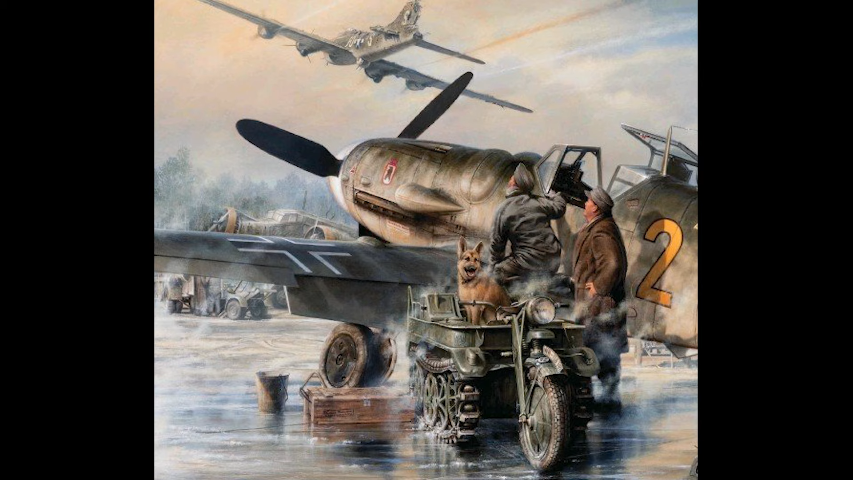
When the bomber finally reached open sea, Stigler gave one final salute and peeled away. He returned to base and said nothing—an act of mercy that, if reported, could’ve cost him his life.
A Secret Held for 50 Years
Miraculously, Brown managed to nurse Ye Olde Pub back to England. When he reported the strange escort, his superiors ordered him to keep quiet—don’t talk about it again, they said.
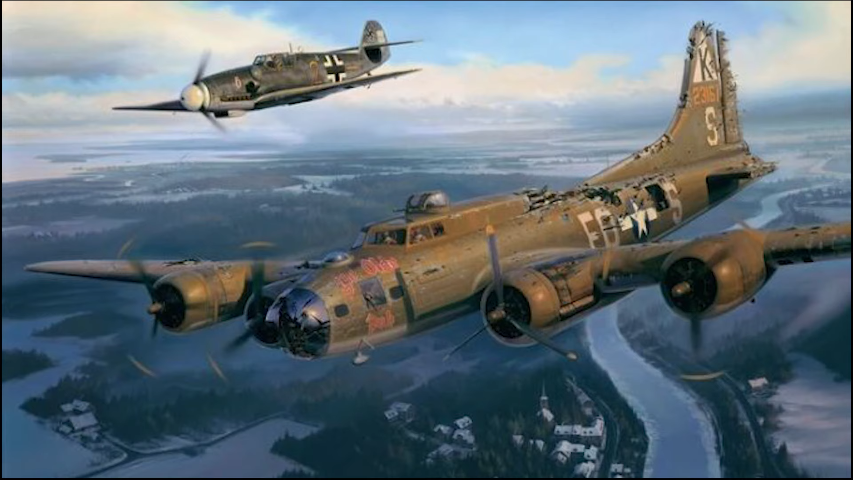
And for nearly five decades, he didn’t.
Then in the late 1980s, now retired and reflecting on his wartime experience, Brown began searching for the mysterious German pilot who spared his life.
The Reunion
After four years of searching, Franz Stigler was located—living quietly in Canada. The two men spoke on the phone and finally met in person in 1990. What followed was an extraordinary friendship.

Over the years, they traveled across North America together, sharing their story with veterans, schools, and aviation enthusiasts. Brown once said, “Franz was the brother I never knew I had.”
Stigler echoed the same feeling.














